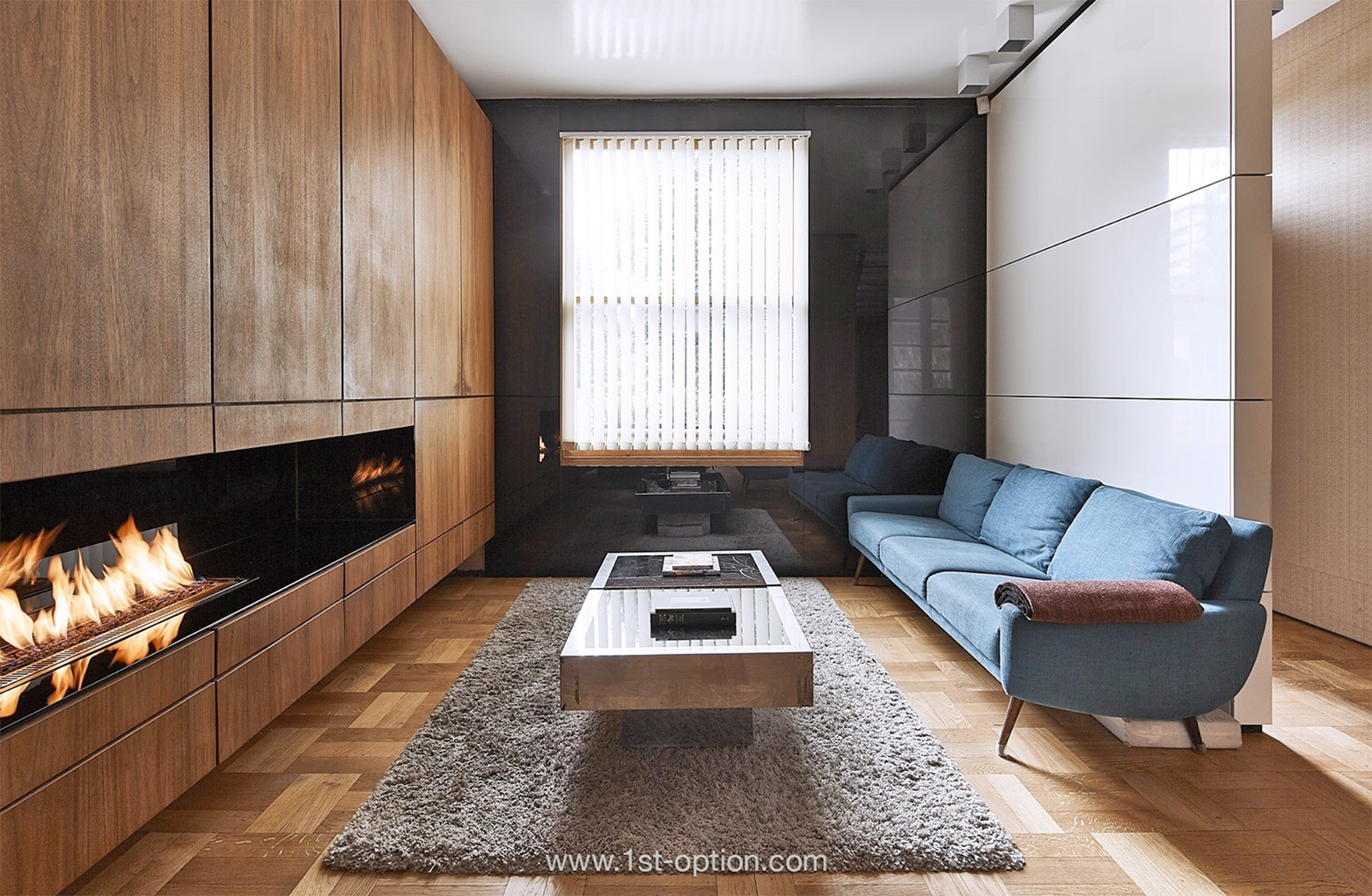The return of retro is upon us; following years of ‘greige’ and ‘fast fashion’ design trends leading the race, ‘retro’ is currently having a massive revival. All you have to do is take a short scroll through your explore feeds and timelines across social media to find copious amounts of vintage furniture, bright colours and funky designs dictating the content. Offering a great alternative to the fast homeware trend, people are now appreciating original, retro and vintage pieces for their classic design and durability – they are timeless pieces that still look great in contemporary homes. Stick with us as we deep dive into the trend, its origins, key characteristics, why it’s currently so popular and how to get it right in your own home.

What is retro?
Retro design refers to any style that has had notoriety since the war. The majority of people think it refers to the 70’s, however, in reality it’s anything from the 60’s onwards. Following the war, mid-century era designers started creating bright and bold designs that were brought to the fore to inspire hope and optimism for the future. Retro designs have a fun and lively appeal to them, something which people are trying to recreate today. The aesthetic is characterised by timeless silhouettes that evoke feelings of joy, with a pertinent lived-in feel. It plays with heritage looks that are lively and impactful and forever pieces that ooze personality – much like the way shabby-chic plays with decorating using vintage furnishings.

Key characteristics
Key characteristics of the return of retro include mid-century furniture, curved and angled pieces with bold hues or bold materials such as metals and chrome. These are often complemented by specific colours like avocado green, brown, mustard yellow, burnt orange, cherry red and bold psychedelia. Pattern and texture are at the heart of the style with eye-catching wallpaper, funky lighting and wood, often adding visual weight and depth to largely open plan spaces. A special mention should also go to the palm beach style that is often associated with the trend.

Why it’s so popular now
In recent years, we have seen a move away from the picture-perfect home, filled with modern, fast fashion homeware, where there is an exact place for everything. People are now looking for a home that feels lived-in, with pieces that tell a story – another reason that maximalism and shabby-chic trends are so popular right now. The move away from fast fashion and homeware is largely because of our changing ideologies towards the environment, which is why retro is appealing to more and more people with its eco-friendly and recycling allure, as well as timeless design. Furthermore, there’s also a cultural element to this trend shift – these pieces and designs were so popular in the 60’s, 70’s and 80’s because of the post war optimism; we have just been through a life changing moment in history, and people are now looking for joy and fun in their homes. Some lean towards the trend due to nostalgia, while others want well-made pieces of furniture that they can repurpose, nevertheless, if you want to get it right in your home, check out our guide below.

How to do it in your own home
There are a few things that separate the return of retro from other styles from the past like mid-century modern; as mentioned previously, retro styles love warm, saturated colours, with fluent lines, layered textures, and vintage accents, as opposed to more traditional muted tones, with occasional pops of boldness, minimal ornamentation, and clean lines. The key to getting it right, however, is to not go over the top and create a to-the-tee movie set that looks like it’s been teleported straight from the 70’s. Keep your space tasteful and in touch with modern life; you’re creating your own space centred around a notion from the past, not a garish space that hurts the eyes. Don’t think your retro space has to pay homage to one era either, play around with colour schemes from the 70’s, mid-century seating and perhaps even throw in an 18th century table to add your personal character. Have a starting point and work your way out from there, for example, a bold piece of furniture, a feature wall or maybe a striking colour scheme. While bright and bold colours may be your first point of thought, to achieve it and make it look good in your own home, it’s best to go for something more neutral and supplement with compelling, vivid hues. A great way to create your base is to consider earth tones and blend with rich warm colours – from there you can bring in your quirkier more abstract pieces of furniture that were extremely popular in the 60’s and 70’s. Make sure texture is implemented to add your visual weight and depth with materials like crushed velvet and boucle, both of which curate a sense of casual comfort. Play around with textures and materials from different eras to create an eclectic vision that tells your story – it’s all about balance when creating a retro space in your own image.

